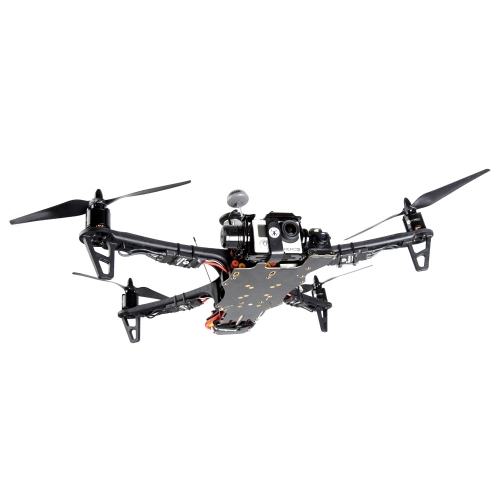

These domal landforms are readily interpreted as metamorphic core complexes, an interpretation consistent with a single previous field study, and the abrupt northward transition in topographic style is interpreted as marking the trace of two extensional detachment faults that are active or were recently active. Space-shuttle radar topography data from central Sulawesi, Indonesia, reveal two corrugated, domal landforms, covering hundreds to thousands of square kilometers, that are bounded to the north by an abrupt transition to typical hilly to mountainous topography. Gently dipping normal faults identified with Space Shuttle radar topography data in central Sulawesi, Indonesia, and some implications for fault mechanics We suggest the method herein provides the modeler with an added tool to account for sediment transport criteria and has the potential to reduce computational costs in watershed erosion modeling. Results also highlight the importance of urban/suburban sediment pathways in gently rolling watersheds, and dynamic and longitudinal distributions of sediment connectivity might be further investigated in future work. Only 12.8 ± 0.7% of the gently rolling watershed shows sediment connectivity on the wettest day of the study year. Results show that sediment connectivity is predicted for about 2% or more the watershed's area 37 days of the year, with the remaining days showing very little or no connectivity. More notably, disconnectivity dominates the gently rolling watershed across all morphologic levels of the uplands, including, microtopography from low energy undulating surfaces across the landscape, swales and gullies only active in the highest events, karst sinkholes that disconnect drainage areas, and floodplains that de-couple the hillslopes from the stream corridor. Model results validate the capability of the model to predict erosion pathways causing sediment connectivity. The model predicts sediment flux temporally and spatially across a watershed using field reconnaissance results, a high-resolution digital elevation models, a hydrologic model, and shear-based erosion formulae. We develop a new predictive sediment connectivity model that relies on the intersecting probabilities for sediment supply, detachment, transport, and buffers to sediment transport, which is integrated in a watershed erosion model framework. However, we find no studies develop a watershed erosion modeling framework based on sediment connectivity, and few, if any, studies have quantified sediment connectivity for gently rolling systems.

Sediment connectivity has been shown in recent years to explain how the watershed configuration controls sediment transport. Mahoney, David Tyler Fox, James Forrest Al Aamery, Nabil

Watershed erosion modeling using the probability of sediment connectivity in a gently rolling system


 0 kommentar(er)
0 kommentar(er)
